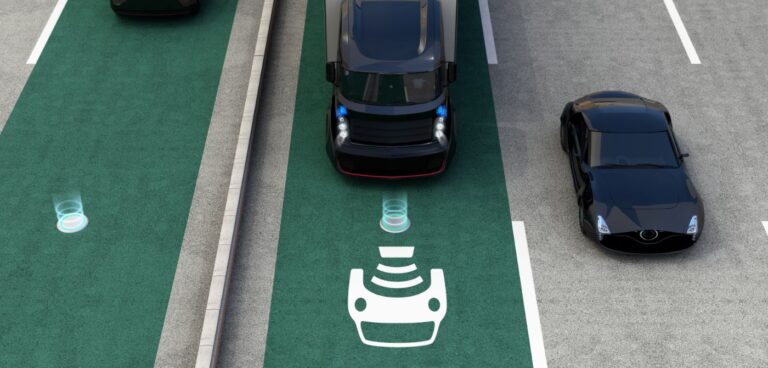Researchers at Cornell University in the USA have published a paper in the journal Applied Energy looking at the practicalities of integrating wireless charging into road networks, focusing on the importance of efficiency energy storage and transmission.
“In this work, we develop a coupled transportation–power system framework for incorporation of a wireless charging road system into the real-time electricity market,” said Oliver Gao, director of Cornell’s Systems Engineering Program. “In addition, we propose a Lyapunov optimization-based control strategy to operate the energy storage system in a cost-efficient manner.”
The simulation study demonstrated that efficient control of the energy storage system not only had potential to reduce the energy costs of the entire wireless charging road system but also alleviated the pressure from the wireless charging load on the existing power grid. In two numerical examples, the energy costs are reduced by 2.61% and 15.34%, respectively.
“We designed a Lyapunov optimization-based control strategy to manage the energy flow between the wireless charging roads and the energy storage system in a cost-efficient way,” Gao added. “The proposed framework is composed of three major modules: the hybrid traffic assignment, the extended DCOPF and the controller.”
The hybrid traffic assignment calculated the traffic flow given specific trips across a road network composed of wireless charging lanes and normal traffic lanes. The extended direct current optimal power flow (DCOPF) determined the optimal electric energy flows between the generation resources, load centers and wireless charging roads in the given power grid. The control approach sought to minimize the energy costs of wireless charging roads by efficiently managing the output of the energy storage system.
“Our control strategy is computationally efficient and requires no forecasts of the system states, making it appealing to practical applications,” concluded Jie Shi, a former Cornell systems postdoctoral researcher.
The full paper can be found here.


